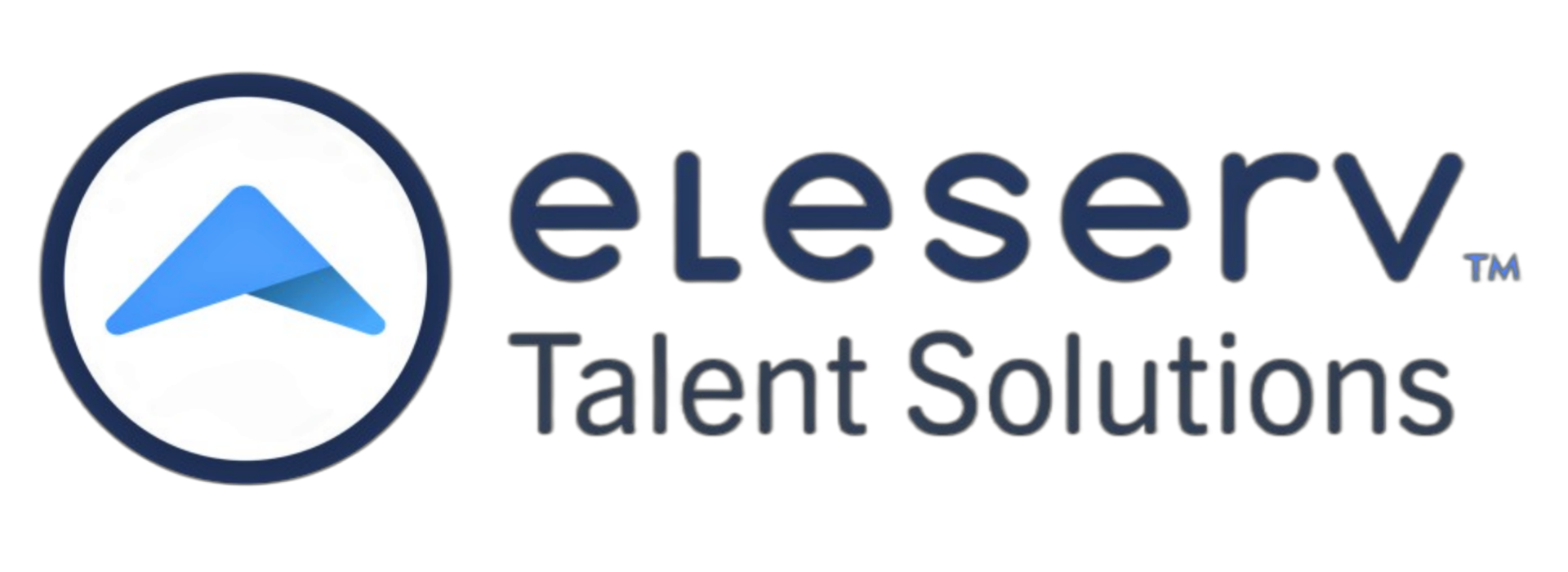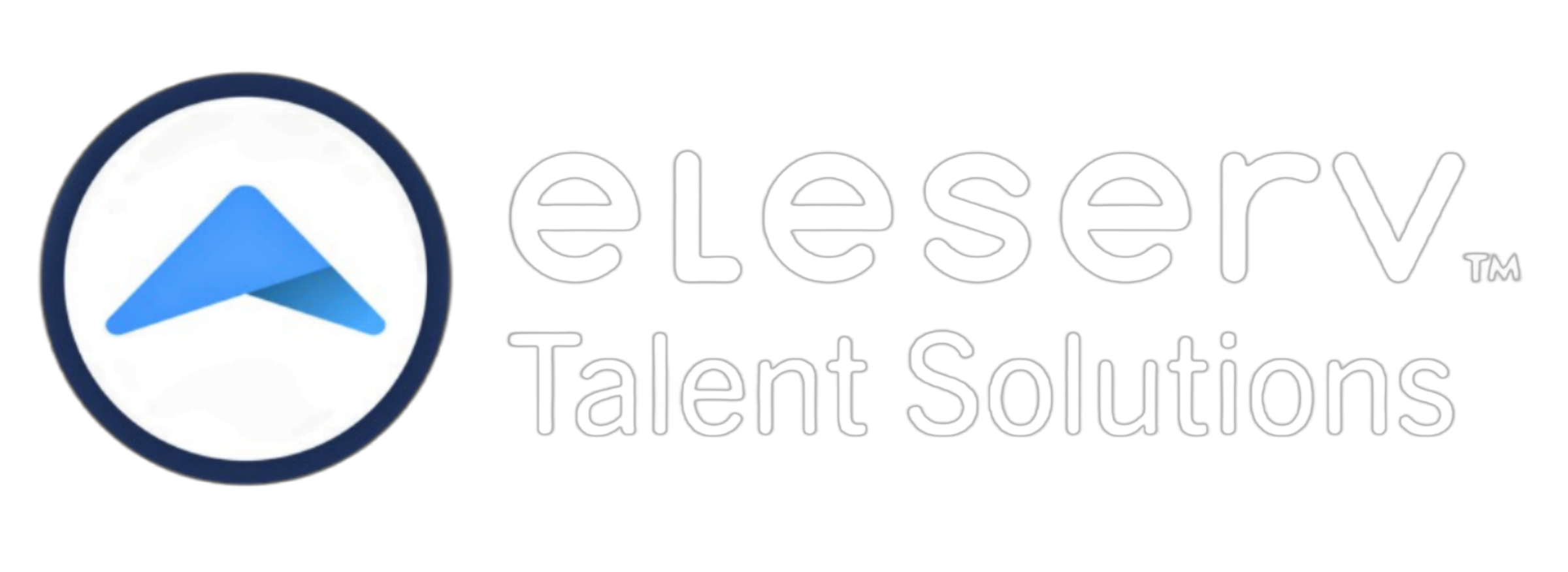In today's fast-paced and constantly evolving job market, organizations are facing a major challenge - the skills gap. Simply put, this refers to the difference between the skills that employees possess and the skills that employers require for their business to succeed.
This gap is a serious issue that can greatly affect an organization's productivity, growth, and overall success. It can lead to high turnover rates, lower employee morale, and even financial losses. As such, it is crucial for organizations to address this gap and close it as soon as possible.
But how exactly can organizations tackle this problem? In this blog post, we will explore some effective ways to close the skills gap and set your organization up for success.
Understanding the Skills Gap
Before we dive into solutions to address this gap, it's important to first understand what the skills gap really is. It is not just about individuals lacking certain technical skills, but also includes soft skills, such as problem-solving, communication, and critical thinking.
The rapid advancement of technology and changing business landscape has resulted in a constant need for new skills. This means that even if employees were adequately trained when they first joined an organization, their skills can quickly become outdated.
Additionally, with the globalization of organizations and the advent of virtual teams, organizations are facing even greater challenges in bridging this gap as traditional methods of training may no longer be effective.
The Cost of Ignoring the Skills Gap
Ignoring the skills gap can have serious consequences for an organization.
1. It can lead to high turnover rates as employees may feel unfulfilled and seek opportunities elsewhere that offer growth and development.
2. It can hinder innovation and hinder an organization's ability to keep up with competitors. In today's competitive business landscape, having a highly skilled workforce is crucial for success.
3. Ignoring the skills gap can result in financial losses due to decreased productivity and increased training costs for new hires.
The cost of each one of these by itself is expensive but cumulatively, they can add up very quickly and cause serious issues for organizations so what can you do to address the skills gap in your organization.
Strategies for Closing the Skills Gap
1. Invest in Employee Training and Development: One of the most effective ways to close the skills gap is by investing in employee training and development. Training and Development efforts should include both traditional classroom-style training as well as online courses, workshops, and conferences. By continuously upskilling your employees, you not only improve their skills but also show that you value their growth within the organization.
2. Create a Culture of Learning: Organizations should create a culture that encourages continuous learning and personal development. This should involve setting clear expectations for employees to regularly update their skills, providing resources for self-directed learning, and recognizing and rewarding those who actively seek out opportunities to improve.
3. Implement Cross-Training Programs: Cross-training programs allow employees to learn new skills outside of their core job responsibilities. This not only helps close the skills gap but also improves employee engagement and job satisfaction.
4. Utilize Mentoring and Coaching: Mentoring and Coaching may be one of the most important pieces to this effort to close the skills gap. Pairing employees with more experienced team members can be a great way to transfer knowledge, skills, and experience within the organization. This also fosters a sense of community and support among employees.
5. Embrace Technology: Because many of an organization’s employees are distributed in other places, organizations should leverage technology to provide virtual training opportunities for their employees. This can include webinars, online courses, and virtual workshops.
In Conclusion
For organizations to succeed in the future, it is going to be crucial for them to make efforts to close the skills gap. By establishing a culture of continuous development and incorporating training and development activities as well as mentoring and coaching, organizations can set themselves up for future success and ensure they are prepared for the future changes in the workforce. It's time for organizations to prioritize closing the skills gap and invest in their most asset - their employees. Let’s invest some money to save some money.


